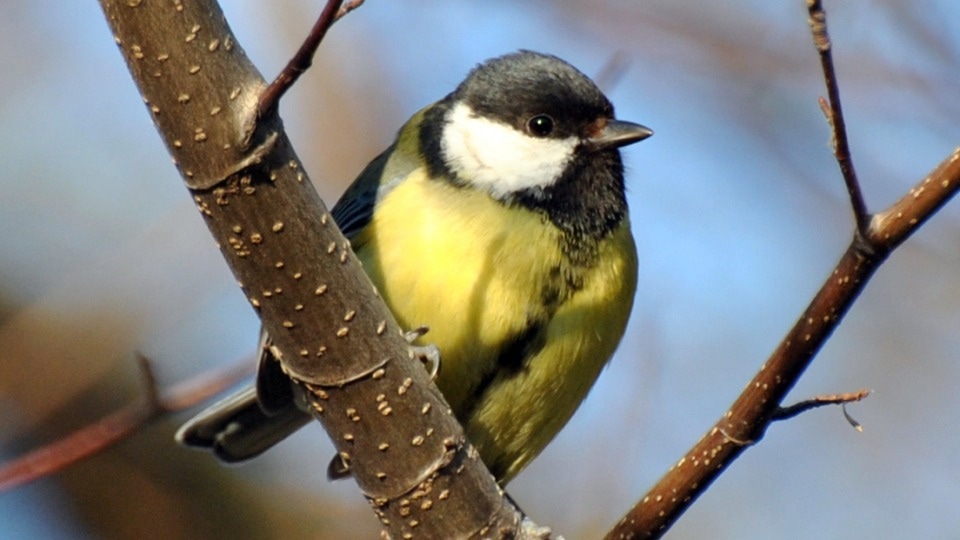Small passerine birds, like blue and great tits, resist breeding in urban areas because of the abundance of non-native trees. Chicks also weigh less when there are more non-native trees near the nest. This is demonstrated in a long-term study conducted by Lund University in Sweden.
 Urban great tits prefer native trees for breeding. Image Credit: Caroline Isaksson.
Urban great tits prefer native trees for breeding. Image Credit: Caroline Isaksson.
City trees provide valuable ecosystem services like reducing local temperatures and purifying air and providing habitat for birds and insects. The primary managed biological component of a city’s ecosystem is vegetation, particularly trees. As a result, it is important to comprehend the implications of the park and green space planning.
Investigators guided by Lund University set out to discover how different types of trees impact birdlife. They observed 400 nest boxes in five parks in the Swedish city Malmö over seven years.
The findings, which have been published in the scientific journal Oecologia, reveal that native trees—described as species that have been in the ecosystem for at least 700 years—offer greater resources and are favored by urban birds.
Non-native trees, also known as introduced, exotic or alien species, lack an evolutionary history with the local ecosystem. We have previously shown that non-native tree species have substantially fewer insects than native trees, so the effect we are now seeing is probably a result of a shortage of food for insectivorous birds, such as the great tit.
Johan Kjellberg Jensen, Doctoral Student, Urban Ecology, Lund University
Introduced tree species are prevalent in urban planning all over the world. One out of every four trees in Malmö’s city parks is non-native. Some people advocate for non-native trees because they are more resistant to the harsh conditions of cities. However, it is vital to comprehend the implications of their existence on the local ecosystem.
If you want to hear more birdsong in spring, I think the choice of urban trees is an important factor. If you increase the number of native trees in city parks and green spaces, our local birds are more likely to thrive.
Johan Kjellberg Jensen, Doctoral Student, Urban Ecology, Lund University
Studies on the effect of tree origin in North America have shown that native plants in gardens are more advantageous to insect and bird populations. The new Lund University research proves these findings and expands them to the urban environment.
Long-term studies like this, according to Johan Kjellberg Jensen, are more credible because there is no reason for results to differ significantly between cities, at least not in countries with climates similar to Sweden.
I hope that city planners and other stakeholders take note of this research and that we together can develop strategies to ensure a functioning ecosystem in our cities.
Johan Kjellberg Jensen, Doctoral Student, Urban Ecology, Lund University
Journal Reference:
Jensen, J. K., et al. (2023) Urban tree composition is associated with breeding success of a passerine bird, but effects vary within and between years. Oecologia. doi.org/10.1007/s00442-023-05319-8.